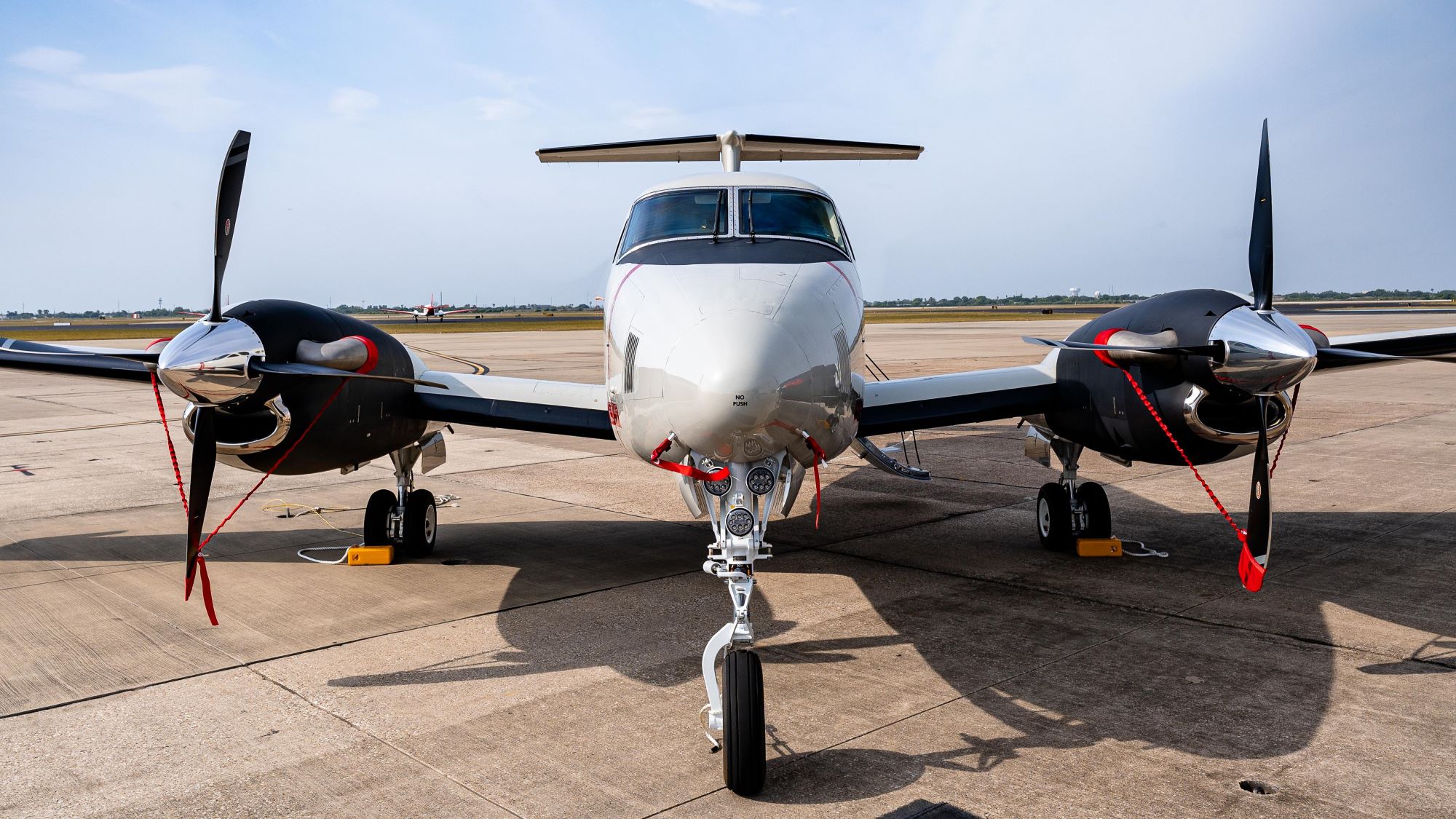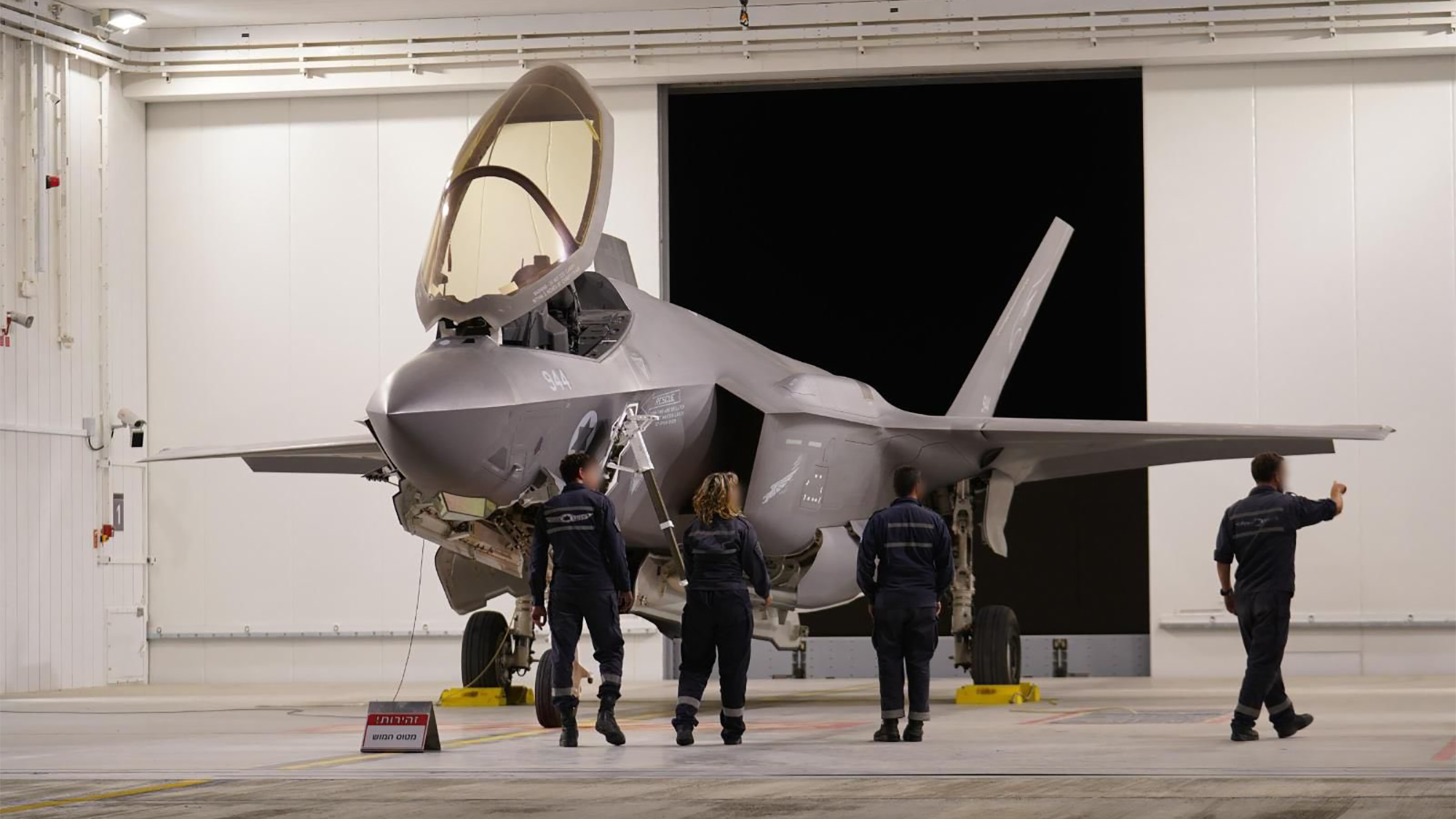Automated cargo corridor project aims to modernize US-Mexico trade
The Trump administration has approved building an automated freight bridge to connect Laredo, Texas, to Monterrey, Mexico. The post Automated cargo corridor project aims to modernize US-Mexico trade appeared first on FreightWaves.

Mitch Carlson, CEO of Green Corridors LLC, intends to create a cargo thoroughfare stretching from Laredo, Texas, to Monterrey, Mexico, where freight shuttles are guided not by human hands but by a state-of-the-art autonomous system.
“Picture a conveyor belt, an independent track,” Carlson told FreightWaves in an interview. “The idea is you have 10 trailers in Monterrey and the trailers get picked up and loaded on 10 shuttles. That platoon of 10 shuttles leaves immediately and starts heading north. Meanwhile, another 10 shuttles are loaded in Laredo, leave and head south.”
Carlson’s project received a boost on Monday after the Trump administration granted a presidential permit to build an elevated and automated bridge connecting Laredo, Texas, to Nuevo Leon, Mexico.
The Green Corridors International Bridge in Laredo will be part of a corridor system stretching about 140 miles south to Monterrey.
The new bridge will be built near the Laredo-Colombia Solidarity International Bridge and could transport thousands of loads a day.
“We are building it to have a max capacity of 10,000 in each direction per day,” Carlson said.
The project, which aims to be operational by 2030, could cost in the range of $6 billion to $10 billion, Carlson said.
Related: Texas bridge expansion focused on cross-border trucking
The Green Corridors project arrives at a time when trade between the U.S. and Mexico continues to grow.
Mexico was the top U.S. trade partner for the second consecutive year in 2024, totaling a record-breaking $840 billion.
For the first four months of 2025, Mexico has remained the largest trading partner of the U.S., with two-way commerce totaling $285 billion, according to Census Bureau data.
The port of entry in Laredo is the largest inland port in the country, handling $339 billion in two-way trade in 2024, according to WorldCity.
More than over 18,000 commercial trucks cross Laredo’s World Trade and Colombia-Solidarity bridges daily in both directions.
In addition to the bridge and cargo corridor, the Green Corridors project will also create new inland cargo ports in Laredo and Monterrey, which will handle loading and unloading the freight vehicles.
Carlson said the autonomous shuttles will be powered by diesel engines, which will help cut emissions and air pollution in the region by reducing the number of trucks sitting idle at bridges waiting to cross the border.
“I’ve spoken to a lot of people in the trucking industry, who see this … as increased quality of life for their drivers, increased security and a reduction in [freight] cost for their clients,” Carlson said. “We can move this freight between Monterrey and Laredo for significantly less cost and less emissions.”
Carlson said the next step for the project is to work with officials on both sides of the border to secure the construction and right-of-way permits needed.
“We are acquiring the concession agreement for the right-of-way for Highway 1 in the state of Nuevo Leon,” Carlson said. “We’re working with the Mexican federal and state government very closely.”
The Green Corridors project is one of several cross-border trade initiatives that are planned in South Texas, including the 4/5 Bridge in Laredo and the Puerto Verde Global Trade Bridge in Eagle Pass.
The $83 million expansion of the Anzalduas International Bridge in McAllen, Texas, is scheduled to be completed this year.
The expansion project will add two additional lanes to the Anzalduas bridge, one each for northbound and southbound commercial trucks to go in and out of Mexico, as well as the necessary facilities for an international port.
In December, Canadian Pacific Kansas City (NYSE: CP) railroad also opened the $100 million Patrick J. Ottensmeyer International Railway Bridge.
The bridge is the second rail bridge spanning across the Rio Grande River — linking Laredo with Nuevo Laredo, Mexico — doubling CPKC’s cross-border capacity.
The post Automated cargo corridor project aims to modernize US-Mexico trade appeared first on FreightWaves.

















































































































































